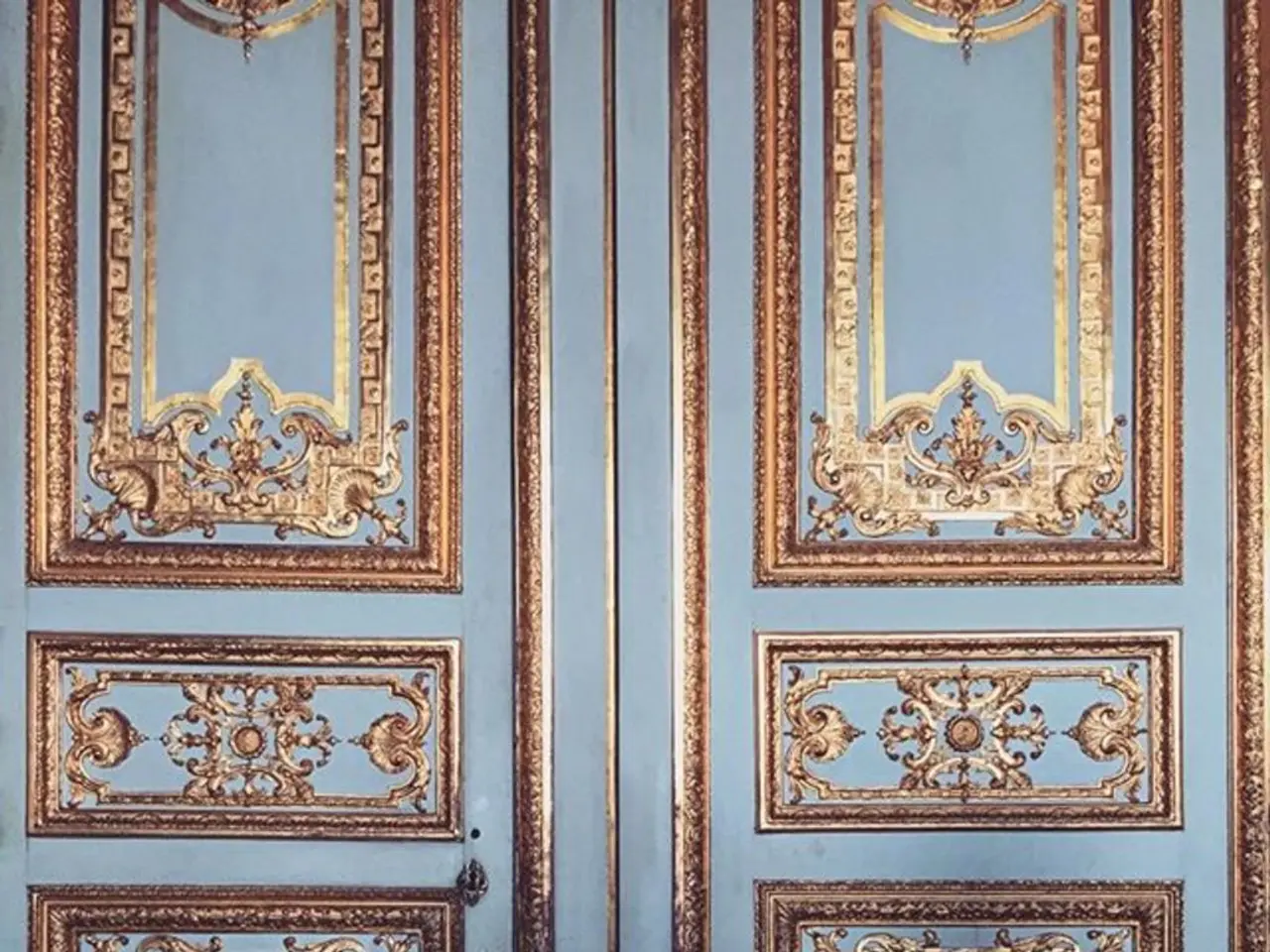Eco-friendly Approaches in User Experience Design: Exploring Sustainable Methods
In the ever-evolving world of user experience (UX) design, a new focus is emerging: Sustainable UX Design. This concept, though not yet widely known, is gaining traction as a means to create eco-friendly digital products that benefit both users and the environment.
One of the primary eco-friendly practices in Sustainable UX Design is **Dark Mode Design**. By using darker colours in interfaces, particularly on OLED screens, energy consumption can be reduced significantly. Studies show reductions up to 60% in power consumption, which not only improves user experience but also conserves battery life on compatible devices.
Another practice is **Minimalist Design**. A minimalistic interface reduces the processing power required, lowering energy consumption during use. This includes limiting unnecessary animations, optimizing image sizes (preferably using SVGs for lightweight graphics), reducing background processes, and streamlining navigation to minimize the number of interactions and load times.
**Providing Sustainable Awareness** is another crucial aspect. Incorporating features such as clear sustainability reports, progress dashboards, or nudges towards eco-friendly behaviours (like reminders to close unused tabs) raises awareness and motivates users to adopt greener habits. This can be embedded directly into the product’s UI and UX.
Lastly, **Reducing CO2 Emissions** is achieved through efficient coding practices that reduce CPU and memory usage, translating to less energy consumption and lower carbon footprint. Utilizing smart AI-driven resource management, such as adjusting server load dynamically based on demand, and offering offline modes further reduce the environmental impact. Integrating eco-routing for location-based services can also promote lower-carbon transportation options.
Together, these practices form the foundation of **Green or Sustainable UX Design**, aiming to balance environmental responsibility with optimal usability and business goals, while fostering a culture of eco-conscious innovation.
Optimizing these sustainable solutions can help lower CO2 emissions, while minimalist design can improve load times. Considering these sustainable solutions when creating a UX Design product or platform can lead to eco-friendly digital projects. Creating features that inform users about the sustainability of their actions can encourage environmentally-friendly behaviour.
As we move forward, embracing Sustainable UX Design is not just about creating a greener digital world, but about fostering a culture of responsibility and innovation that sets a new standard for digital product creation.
[1] Smith, A. (2021). The Impact of Dark Mode on Power Consumption. Retrieved from https://www.techrepublic.com/article/the-impact-of-dark-mode-on-power-consumption/
[2] Johnson, B. (2020). The Role of Sustainable UX Design in a Greener Future. Retrieved from https://www.uxdesign.cc/the-role-of-sustainable-ux-design-in-a-greener-future-2698175588e9
[3] Williams, K. (2019). Minimalist Design: A Guide for UX Designers. Retrieved from https://www.uxdesign.cc/minimalist-design-a-guide-for-ux-designers-1e89f35e839f
[4] Brown, L. (2020). Eco-Friendly UX Design: Four Key Practices. Retrieved from https://www.smashingmagazine.com/2020/09/eco-friendly-ux-design-key-practices/
In the realm of sustainability, integrating Dark Mode Design into digital products can lead to significant energy savings, with some studies showing reductions of up to 60% in power consumption. Meanwhile, Minimalist Design, with its focus on optimizing load times, can also contribute to lower CO2 emissions by reducing the processing power required during use.




